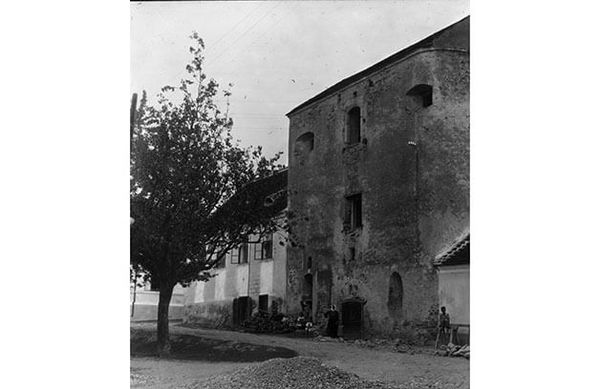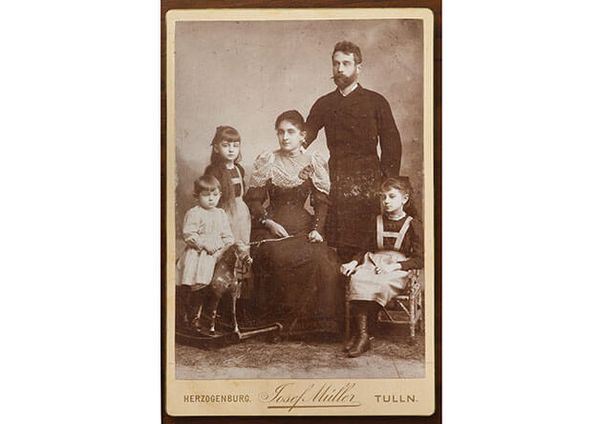Station XII: Roman Museum
Roman Latin or: Egon and the imperial nunnery
Here you can find out: Why the Dominican nuns had no money worries. Where madness was at home in Tulln. Why Egon's father was relieved of his duties. And how the Roman Museum came to be in the old convent.
Start of themed circular route: Tulln main station
Distance: 3.6 km
Duration: approx. 90 min.
Difficulty: easy - barrier-free
Schiele Folder EN
Schiele Folder EN
What to do with all the aristocratic girls who don't get married in time? What to do with the widowed women from the upper middle classes? They were taken in by the imperial convent in Tulln. Not least because of the dowry that each of the nuns had to bring in. And which freed them from gardening, nursing and pastoral care. But the prioresses of the Dominican order also had good relations with the imperial court. In 1443, the Habsburg King Frederick III personally granted them the privilege of "transporting ten cartloads of wine to Passau and two pounds of salt through Austria free of tolls every year." But then a fire destroys the extensive monastery and the stately church. The nuns went into debt to rebuild it. And had to leave their religious refuge on the banks of the Danube.
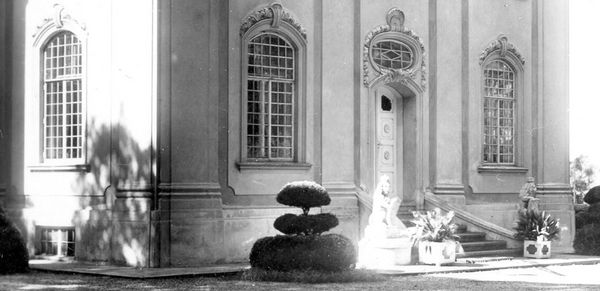
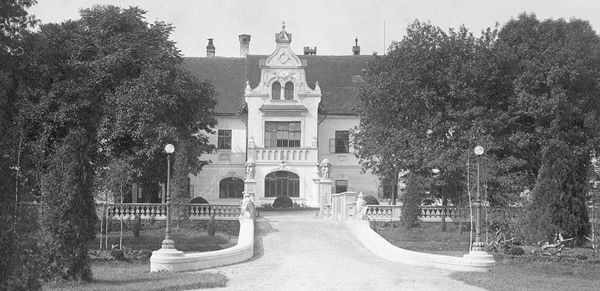
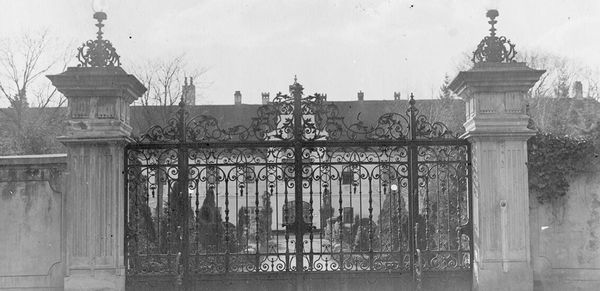
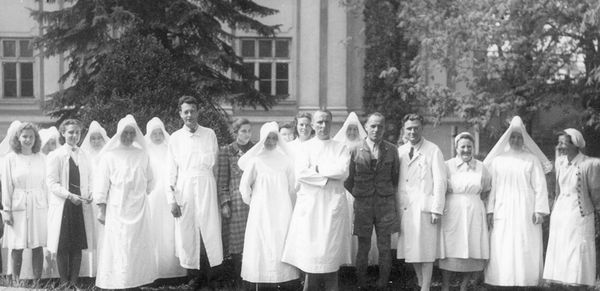
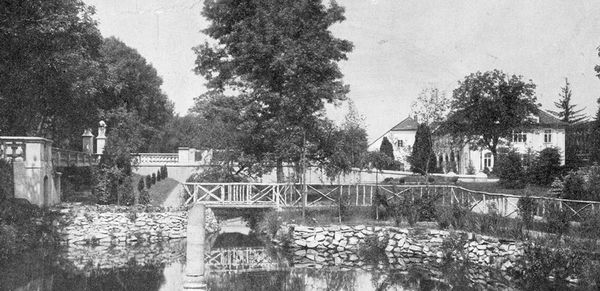
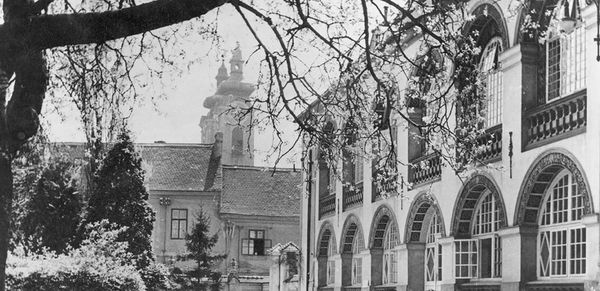
Addicted to madness.
In Egon's school days, a sanatorium is housed in the spacious rooms of the former convent. Anyone receiving treatment here had to be able to afford it. Many of the well-heeled patients suffer from nervous disorders and delusions. "Addicted to insanity", as the saying goes. Like Egon's father, who suffers from the late effects of syphilis. Memory loss. Hallucinations. Dementia. At the turn of the century, up to a third of all psychiatric patients were suffering from this insidious widespread disease.
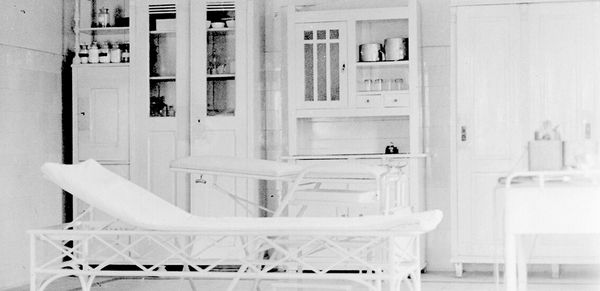
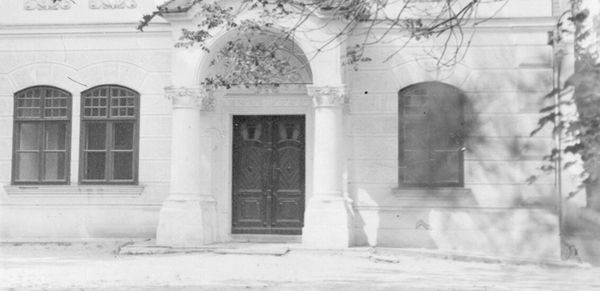

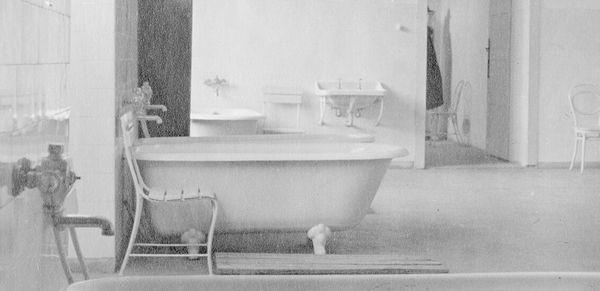
[Translate to English:]
Traces of the Ancient Romans.
In 1904 Adolf Schiele was “relieved of his duties as station master out of consideration for his health” as his service file reads at the Imperial Royal Austrian State Railroads. Egon had been living in Klosterneuburg for two years when this happened. He was struggling to make it through the Realgymnasium there, a university-track secondary school with an emphasis on science. And at the time he was seeing his beloved father only on weekends. He would not live to see the former convent repurposed yet again. The Roman Museum opened its doors in the priory of the former Dominican convent in 2001, more than eight decades after his early death. It features exemplary finds from Comagenis, a cavalry fort that Tulln can thank for its long history as a center of trade.
![[Translate to English:] Sanatorium - heutiges Römermuseum und Jugendherberge [Translate to English:] Sanatorium - heutiges Römermuseum und Jugendherberge](/fileadmin/_processed_/7/6/csm_12_Roemermuseum_img270_628px_komp.jpg_eb7a527564.jpg)
[Translate to English:] Sanatorium - today home to the Roman Museum and a youth hostel
General plan

